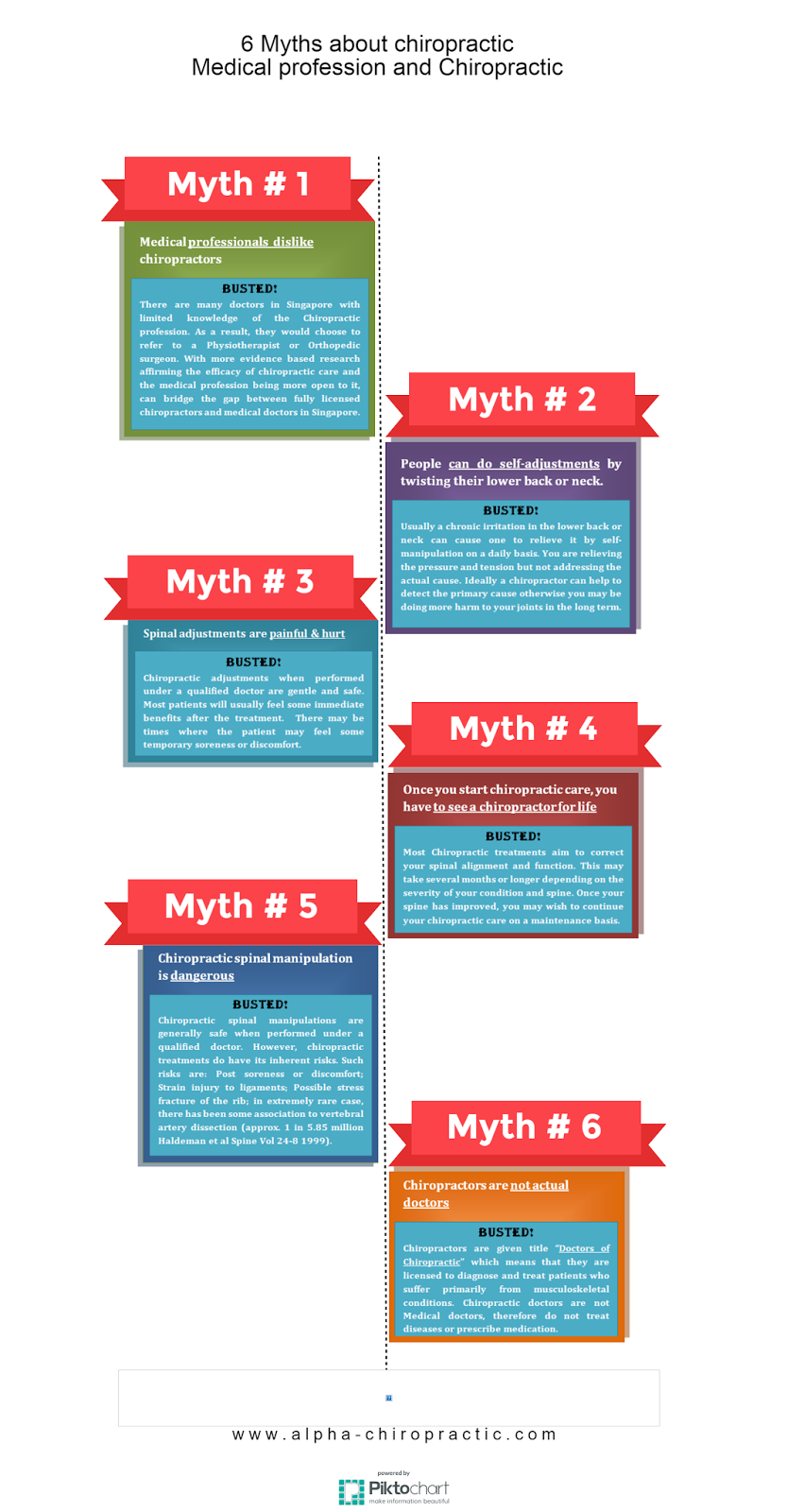The Effect Of Stance On Pain In The Back: Standards For Keeping Excellent Alignment Throughout Your Daily Routine
The Effect Of Stance On Pain In The Back: Standards For Keeping Excellent Alignment Throughout Your Daily Routine
Blog Article
Material Produce By-Houghton Preston
Preserving correct stance isn't nearly staying up right; it has to do with aligning your body in a manner that supports your back and reduces the threat of pain in the back. The means you rest, stand, and relocate throughout the day can considerably impact your spine wellness. Yet exactly how specifically can you make sure great placement constantly, also throughout busy days loaded with numerous activities? Let's dive deeper into the subtle yet impactful adjustments you can make to your day-to-day regimen to maintain your back happy and healthy and balanced.
Relevance of Proper Pose
Correct pose is critical in maintaining a healthy and balanced back and protecting against pain. When you rest or stand with good pose, your back is in alignment, lowering pressure on your muscle mass, ligaments, and joints. This positioning permits the body to distribute weight evenly, protecting against excessive stress on specific areas that can bring about pain and pain. By keeping your back properly straightened, you can additionally enhance your breathing and food digestion, as slouching can press organs and limit their performance.
Moreover, preserving good position can improve your total appearance and self-confidence. When you stand tall with your shoulders back and head held high, you show confidence and appear even more friendly. Great posture can additionally make you feel a lot more stimulated and alert, as it advertises proper blood flow and permits your muscles to function efficiently.
Integrating correct stance into your day-to-day routine, whether sitting at a desk, walking, or exercising, is crucial for avoiding pain in the back and promoting overall wellness. Keep in mind, a little modification in how you hold yourself can make a substantial distinction in just how you feel and work throughout the day.
Common Postural Mistakes
When it pertains to maintaining excellent pose, lots of individuals unwittingly make typical blunders that can add to back pain and pain. One of one of the most common mistakes is slumping over or stooping over while resting or standing. This placement places excessive strain on the spinal column and can result in muscle mass discrepancies and pain in the future.
One more common blunder is overarching the reduced back, which can flatten the all-natural curve of the spine and create discomfort. In https://www.everydayhealth.com/multiple-sclerosis/treatment/pros-cons-chiropractic-care-ms/ , going across legs while resting may feel comfy, but it can produce a discrepancy in the hips and pelvis, bring about postural problems.
Using a cushion that's as well soft or also solid while sleeping can also affect your alignment and contribute to pain in the back. Last but not least, constantly craning your neck to consider displays or readjusting your position frequently can strain the neck and shoulders. Being mindful of these usual postural blunders can aid you keep far better alignment and reduce the risk of neck and back pain.
Tips for Correcting Alignment
To improve your alignment and minimize neck and back pain, it's essential to concentrate on making small modifications throughout your day-to-day routine. Start by being mindful of your pose. When sitting, ensure your feet are flat on the flooring, your back is straight, and your shoulders are relaxed. Stay clear of slouching or leaning to one side. Use ergonomic chairs or cushions to support your lower back.
When standing, distribute your weight evenly on both feet, maintain your knees somewhat curved, and tuck in your hips. Engage your core muscular tissues to support your back. Take breaks to stretch and walk if you have an inactive task. Integrate workouts that reinforce your core and back muscle mass, such as planks or bridges.
While sleeping, use a cushion that supports the natural curve of your neck to keep correct back positioning. Prevent sleeping on your tummy, as it can stress your neck and back. By bearing in mind these ideas and making small changes, you can gradually remedy your positioning and reduce back pain.
muscle pain in back
Keep in mind, keeping good posture is crucial to preventing neck and back pain and advertising spinal wellness. By bearing in mind your positioning, distributing weight uniformly, and involving your core muscle mass, you can reduce strain on your back and lessen the risk of pain and injury. Incorporate ergonomic assistance, take normal breaks to extend, and strengthen your core and back muscles to maintain proper alignment throughout the day. low back pain will certainly thanks for it!
